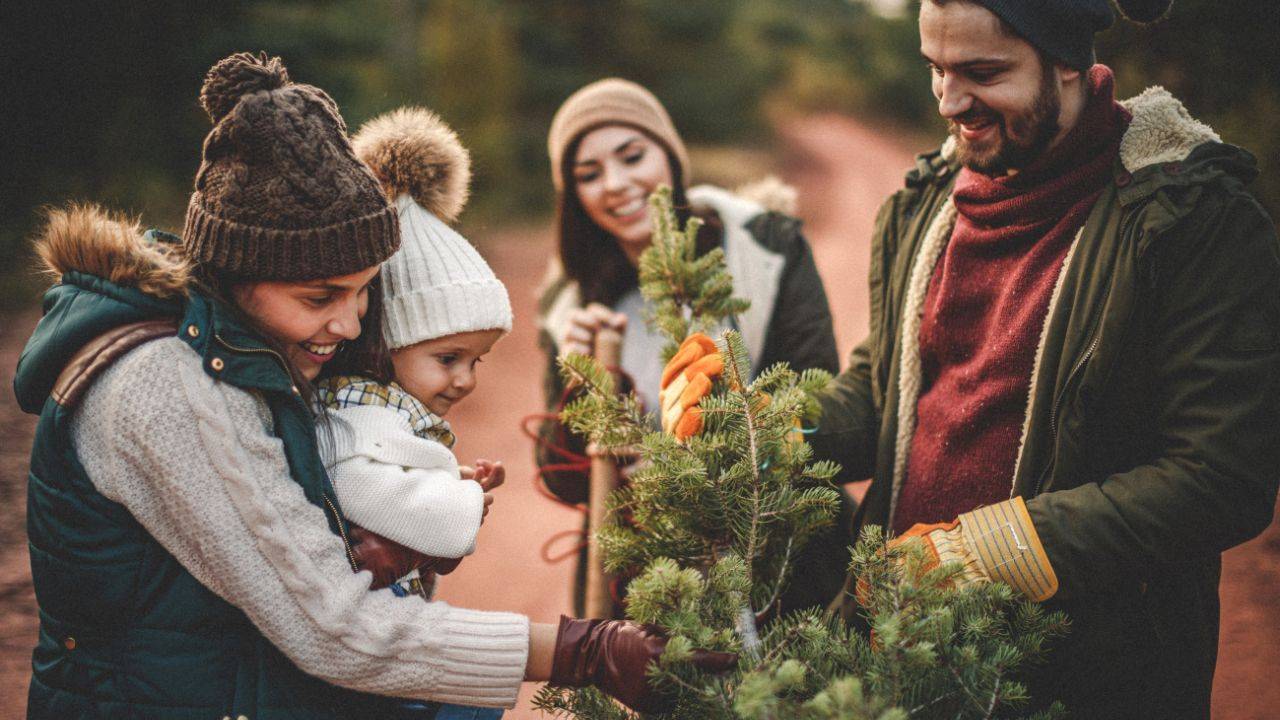“Sleigh bells ring, are you listening?
In the lane, snow is glistening”
This Christmas song as performed by Connie Francis always makes my heart warm.
In the torrent of happy childhood memories: my family all together, everyone in a cheerful holiday mood, big snowflakes dropping from the sky, and the magic of Christmas turning everything around us into a winter wonderland.
And of course, the Christmas tree flickering with countless fairy lights.
I don’t know about you, but the evergreen fragrance of a living Christmas tree has always been a part of the winter holiday season.
Hey, but a plastic Christmas tree is more sustainable and you can use it for many years, right?
Not so sure about that.
Let me tell you why I think a living Christmas tree is always a better option.
Should You Get a Living Christmas Tree?
Yes, you should get a living Christmas tree. But since we’re not dealing with opinions here but with clean facts, let me tell you my reasons.
Benefits of Real Christmas Trees
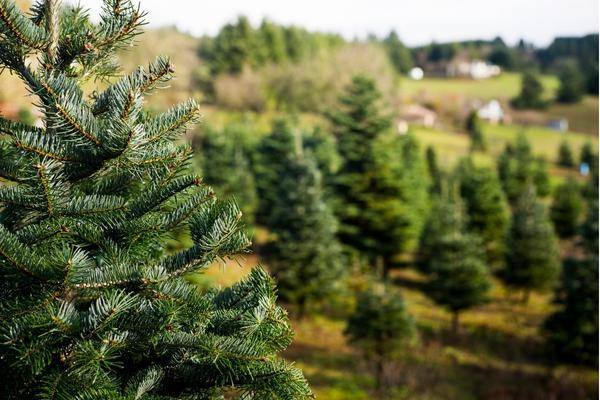
Most real Christmas trees come from Christmas tree farms which grow young fir and spruce trees specifically for the Christmas season.
These farms operate much like standard fruit and vegetable farms — they grow plants that are harvested at one point.
But there is much more to it than that.
- More is planted than cut — To keep their stock for the years ahead, Christmas tree growers plant about four trees for every one they cut.
- Carbon sinks — Since it takes up to 10 years for a real Christmas tree to mature, those trees will absorb many times their weight in carbon. The soil in which these trees grow also acts as a carbon sink because it’s not disturbed for years.
- Wildlife habitats — These evergreen tree farms also become a home and shelter to all sorts of wildlife, especially in winter.
- Local businesses — Finally, you can cut the carbon footprint of your Christmas tree plant even more if you buy from a local farm so your tree doesn’t need to travel halfway across the country.
Downsides of Real Christmas Trees
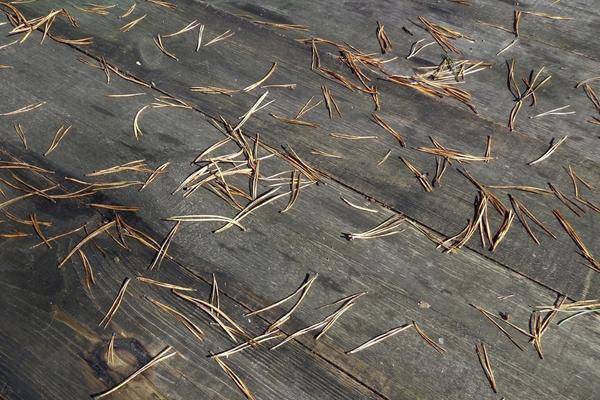
- Needles everywhere — this is where a fake tree beats a real one. It’s not even January and your tree starts shedding its needles in hundreds. Then you need a way to dispose of it, which can be tricky if you live in an apartment.
Or, You Can Buy a Potted and Rooted Living Tree
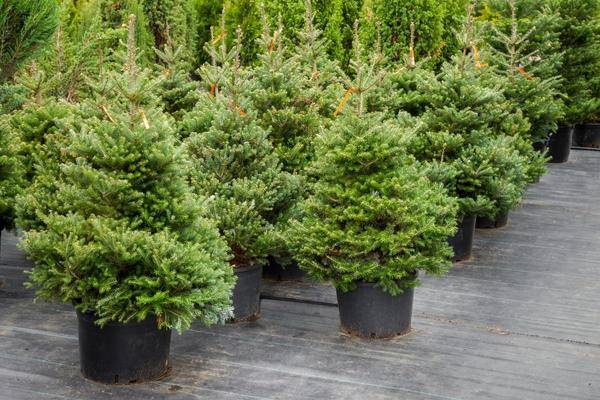
This option is by far the most environmentally friendly.
- Christmas tree growers will plant up to four new trees for each one they dig up.
- At the end of January, your Christmas tree can continue its life in a new location.
- There are much fewer needles and you can keep it decorated outdoors much longer.
But not all potted evergreen trees are the same. Let’s first pick the right one.
How to Pick the Right Living Christmas Tree?

Living Christmas trees have become very popular over the last several years. Yet, many of those potted trees never survive the holiday season.
The trick is buying a healthy tree of a variety that will grow well in your local climate and soil type.
Choose a Healthy Tree
You want to avoid buying leftovers from earlier seasons and trees that are already in poor shape. There are a few things you can do:
- Test the branches — Gently clamp any limb on a tree between your thumb and forefinger and pull toward yourself. If you end up with a handful of needles, the tree is probably from the old stock.
- Test the scent — Crush some needles in your hand and check the scent. If you can’t smell the resin, don’t buy it.
- Bounce the tree — Hold it a few inches above the ground and drop it. If the exterior needles fall off, the tree is past its prime. Needles that fall from the interior are normal.
- Check the root — The root area should be moist and show signs of watering. It shouldn’t be bound by its container.
- Diseases & pests — Check the tree for any signs of disease or pest damage.
Choose the Right Live Christmas Tree
Now let’s take a look at some of the most popular living Christmas tree options for different regions.
Balsam Fir — The classic and the least expensive Christmas tree in the Northeast. Deep green color, excellent needle retention, and great scent.
Douglas Fir — A bit more expensive choice for a Christmas tree in the Northeast that grows just as well in the Northwest. Soft needles make it child-friendly. The sweet scent when crushed.
Arizona Cypress — If you live anywhere between North Carolina and Texas, do yourself a favor and pick the Arizona cypress. It has a steel blue color and soft needles with a lemony mint aroma. It’s perfectly suitable for this climate and soil type.
Virginia Pine — Another great choice for the South, especially if you’re on a budget. With its straight trunk and a classic pine scent, this is just meat and potatoes. On the downside, Virginia pine has a lot of natural resin that makes the branch and trunk sticky. Great landscaping potential, though.
White Pine — Basic, inexpensive, and easy to grow, the eastern white pine is the favorite live Christmas tree in the Mid-Atlantic states. Its soft needles are perfect for homes with small kids.
Scotch Pine — the hardy Scotch pine is perfect for replanting in the colder parts of the Midwest. It grows naturally along the Canadian border and is a great choice for an indoor Christmas tree because of its soft, hairlike needles.
Blue Spruce — A local favorite in the Rockies region. The rounded pyramid shape and stocky branches give it a full appearance. The needles are fragrant but extremely pointy. Wear gloves while decorating inner limbs.
Monterey Pine — the living Christmas tree of choice in the Southwest is usually the Monterey pine. It has a deep green color and a bushy overall appearance. This fast-growing pine adapts well to a broad range of soil types and climates.
Taking Care of the Live Christmas Tree
Before Bringing the Christmas Tree Indoors
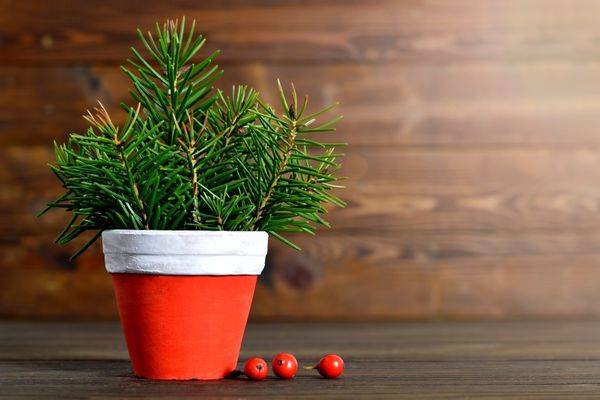
In the previous section, we gave tips for choosing the best Christmas tree for your home. Now let’s see what you should do before you bring one inside.
Leave the tree in a sheltered area, such as under a covered porch or a large tree canopy until a few days before taking it inside.
This will help it adjust to a change in the environment while sheltering it from high winds and full sun. If possible, hose the tree once and shake off any loose needles before bringing it indoors.
Water the tree thoroughly by soaking the entire root ball. Make sure the soil is moist but not wet.
Use an anti-desiccant or anti-wilt product, such as WiltStop to spray your Christmas tree. This product helps the tree retain valuable moisture and protects it from the dry, warm indoor air. As a result, the tree will shed much fewer needles when you bring it indoors.
If you decide to do this, make sure you treat the tree before you bring it inside, while it’s still getting accustomed to warmer temperatures.
Caring for the Christmas Tree Plant Indoors
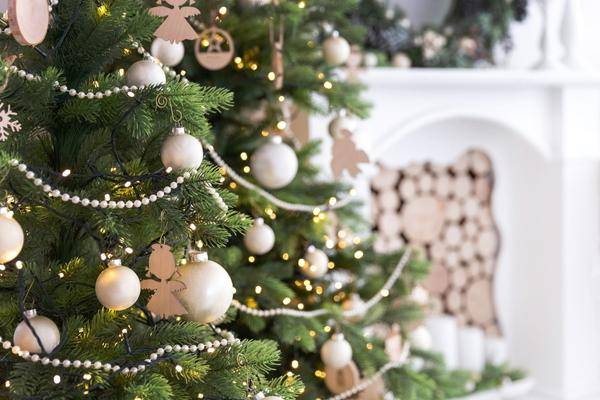
Here’s the deal — You shouldn’t keep a living Christmas tree indoors for more than 7-10 days max.
Even those varieties that grow in warmer and drier regions won’t thrive indoors if you keep them for too long.
The best time to bring your tree indoors is a few days before Christmas. Keep in mind that although it has a root and it’s technically still growing in the pot, the indoor space is an inhospitable environment for your Christmas tree.
That being said, slowly bring your tree indoors so as not to shock it by exposing it to warm temperatures.
Move it to a transition area such as an enclosed porch or a garage first. Water the tree during the transition time. Soak the root ball so that the soil around the tree is always moist.
When you finally bring it inside, don’t place your tree near heat vents, radiators, stoves, fireplaces, or any other place where heat can damage your tree.
Pick a cooler location with plenty of natural light. A living Christmas tree is much heavier than a cut tree, so you might consider buying a smaller tree as it gives you more choices of location.
Decorate with care. A fake Christmas tree will take more abuse, but this is a live tree we’re decorating so please handle it with care. Use LED lights that don’t give off heat and hang ornaments that won’t weigh down and damage your tree.
Varieties like the Blue Spruce and Scotch Pine have thicker limbs and will take more weight.
That’s because they need to carry a pretty heft of snow cover in their natural habitat.
Keep your tree moisturized. This seems like a recurring theme, but there’s no going around it. The tree is alive and your home has a dry and warm climate. If the tree root is wrapped in burlap, place it in a pot.
Add mulch on top of the root ball and make sure there’s 1-2” of water at the bottom of the container.
You can add more moisture by using a spray bottle on the needles and branches of the tree. Just be careful when spraying near lights.
Caring Christmas Tree After Christmas
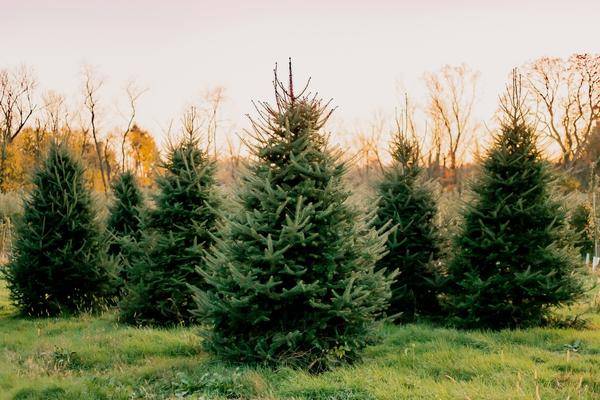
Move your tree back outdoors as soon as possible. Ideally, you shouldn’t wait longer than a week. But here’s the trick — you don’t want to plant it immediately.
Just as it needed to adjust to the indoors, your Christmas tree needs to readjust to the outdoors. Keep it in a protected area for several days. Here you also want to avoid direct sunlight and high winds.
In a week or so, move the tree to a planting site you prepared.
First of all, make sure that the site is suitable to accommodate the full-grown height and width of your tree.
Prepare your planting hole beforehand. This is especially important in areas where the ground in January is typically frozen. By digging a hole early in winter, you’ll save yourself a lot of trouble.
The hole should be four to five times the size of your tree’s root ball in diameter and slightly shallower than the root ball in depth.
Once you’re ready to replant, remove the container or covering around your tree’s root ball. If your tree came with its root wrapped in a natural burlap or biodegradable container, you can safely plant it with it.
In case your tree’s root is still balled up together, gently break up the tangled roots on the outer layer of the root ball.
When you place the Christmas tree in the hole, it should sit slightly higher than the surrounding soil to keep with drainage.
Fill in the hole with the original soil, leveling it to the top of the root. Spread 2 to 3” of mulch over the top of the area.
If your location is dry in winter, you may need to continue watering the tree once you plant it. Stay put with the fertilizer until spring. Even then, make sure to add just a little, until the tree’s roots develop.
Frequently Asked Questions (FAQ)
You prolong the life of a live Christmas tree by letting it accustom on a sheltered porch or a garage before either bringing it inside or taking it outside again. Before you take it inside, spray it with WiltStop to retain moisture. Finally, keep the root ball moist at all times.
You can spray anti-desiccant or anti-wilting products such as WiltStop.
The best water for a live Christmas tree is just plain tap water.
Yes, you should spray your Christmas tree with water, especially if the air in the room is dry and warm.
No, sugar does not help keep a Christmas tree alive. Neither does aspirin, bleach, or any floral preservative.
You should only use hot water the first time. From then in, always keep the reservoir filled with 1 to 2” of cool water.
Yes, you can overwater a Christmas tree. Its root ball should be moist, not wet. Just keep 1 or 2” of water at the bottom of the pot.
A live Christmas tree lasts inside from 7 to 10 days. It can go longer depending on the species, but you risk it getting dry beyond return.
You let a real Christmas tree sit in a cool and sheltered place for a couple of days before decorating.
Yes, you can keep a living Christmas tree indoors for 7 to 10 days, if you make sure it has enough water and take care the indoor air is not too warm and dry.
You should water a live Christmas tree every day. Just make sure not to soak the entire root ball. Anything between 1 and 2 inches of water in the stand is enough.
Final Words
I hope this living Christmas tree care guide has made it easier for you this winter.
A real Christmas tree has much more benefits than a fake one made of plastic that can’t even be recycled.
As it grows, a real tree helps soak in carbon dioxide from the atmosphere, provides shelter to wildlife, and helps prevent soil erosion,
On top of it, if you purchase from a certified grower, you can rest assured that up to 4 new trees are planted for each one they uproot.
Once in your home, a living Christmas tree requires minimum care, sheds much fewer needles than a cut tree, and has a more abundant scent.
Be a green citizen this Christmas and get yourself a nice living Douglas fir or Monterey pine.

